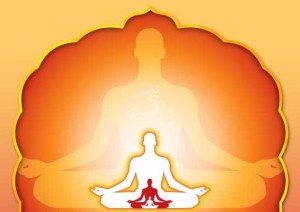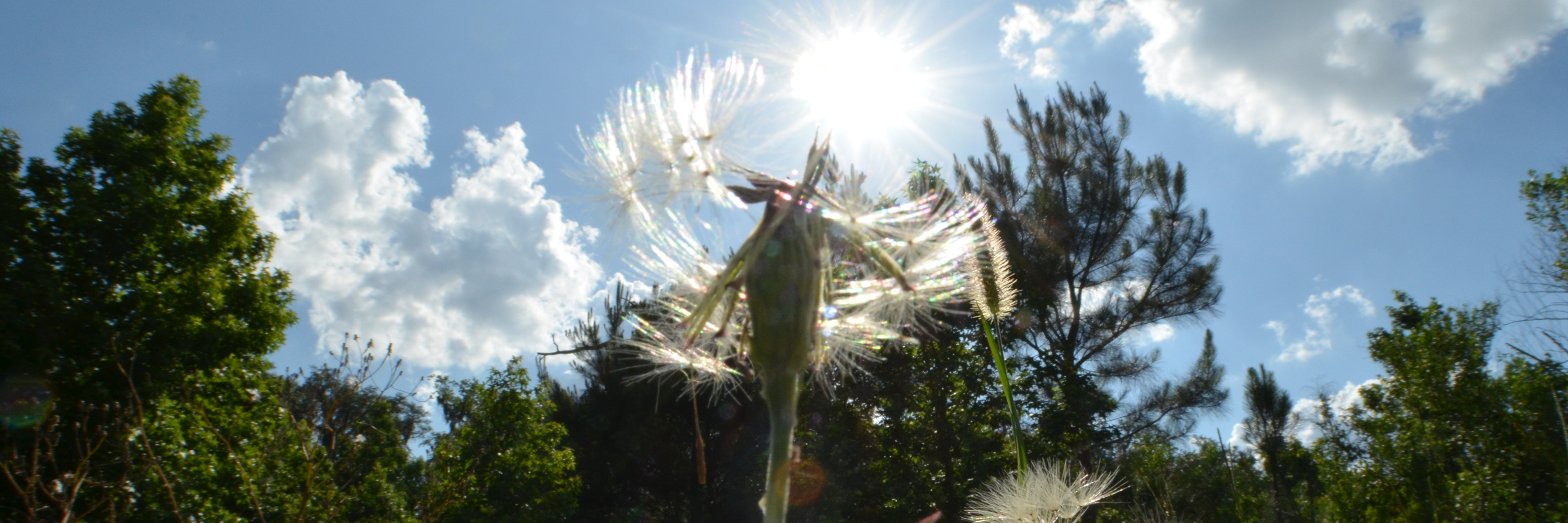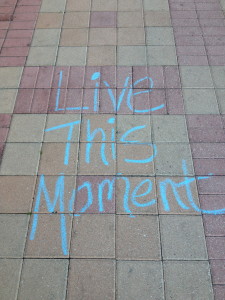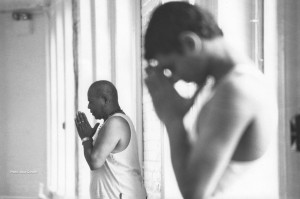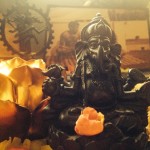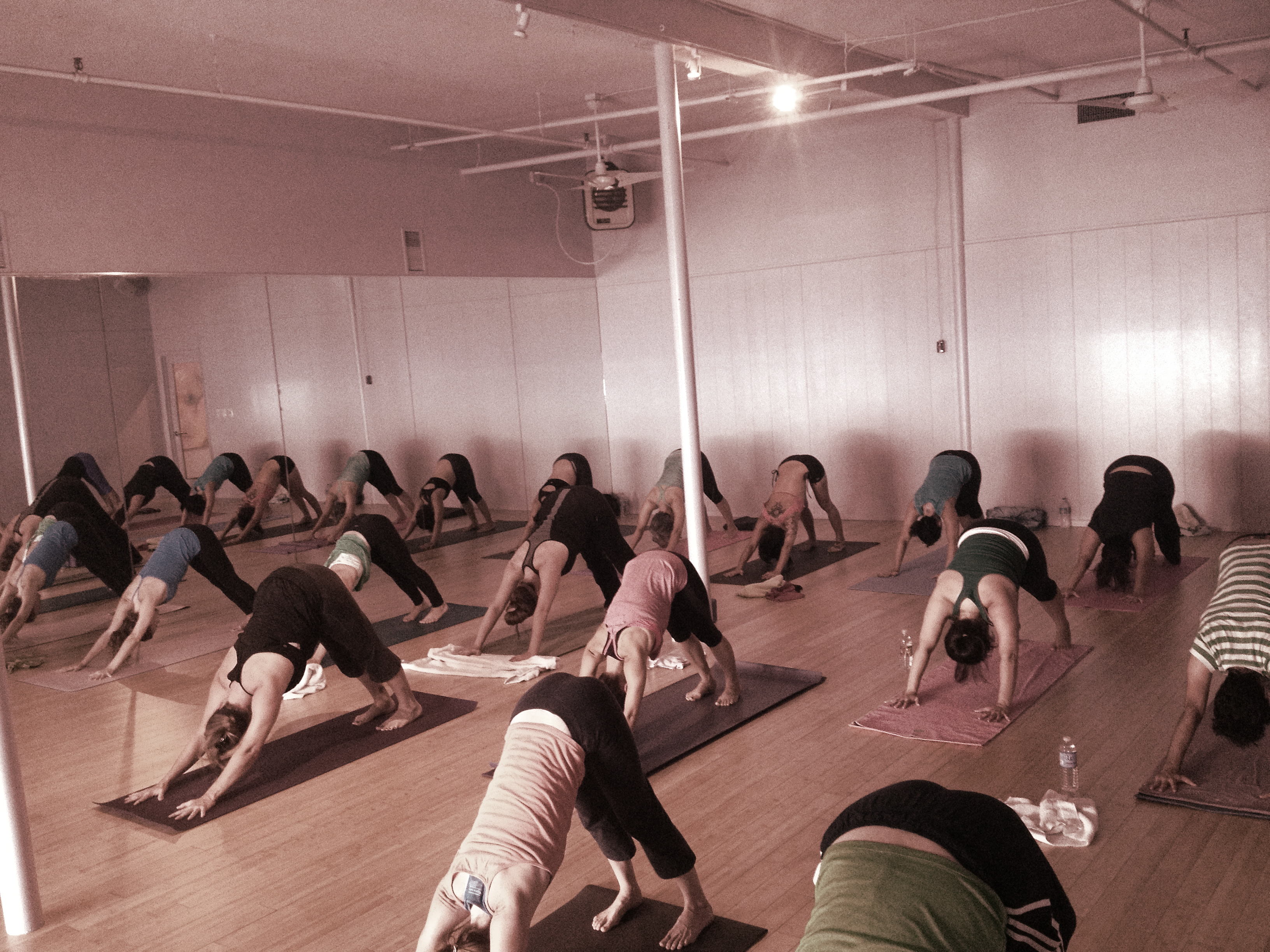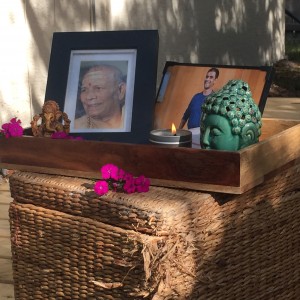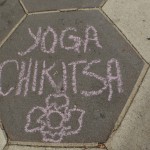by: Jessica Lynne Trese
We hear it a lot from our teachers: ‘gaze hear, gaze there.’
But why?
Our yoga practice is meant to focus the mind, while healing the body and increasing our overall vital energy.
A combined concentration on these three practices opens the doorway to a moving meditation and allows our yoga practice to transform into a comprehensive healing system.
The poses are there for the health of the body. The breath allows us to connect to and increase our vital energy. And the dṛṣṭi (gazing point) is how we focus the mind.
Wherever your gaze goes, so does your mind. So, if your gaze is dancing all around the room, watching other practitioners, and/or watching yourself in the mirror; then your mind is also bouncing around, unfocused and distracted.
Give your mind the gift of focus and keep your gaze steady. When the suggested gaze is not possible, keep your gaze focused close by, either on your own mat or somewhere on your body.
focused gaze = focused mind

* About Jessica
* Ashtanga Eco Retreat – September 1-7, 2016
* Upcoming Events & Workshops
* Apprenticeship Program
You Might Also Enjoy:
- Three Gifts
- What Does It Really Mean To Practice Non-Attachment
- Ashtanga Opening Mantra
- Yoga To Sleep Better At Night
- Some Truth About Ashtanga Yoga
- Yoga Brings Out The Worst In Me
- Catvāri cringe
- Into The Shadows – the elusive search for happiness in Ashtanga Yoga
- …and in all earnestness
- Ashtanga Yoga and the Ego
- Guru Gratitude
- 5 Ways to Find Joy, Even When You’ve Got The Grumps
- The Grateful Game
- Yoga And The Quest To Know It All
- Standing Up From Backbending – How I Overcame My Fears
- Keeping Guruji With You When You Practice
- The Heart of Ashtanga Yoga: The Tristhana Method
- Ashtanga Yoga is a Breath Practice. Seriously, It REALLY Is
- The Seven Words that Changed My Practice


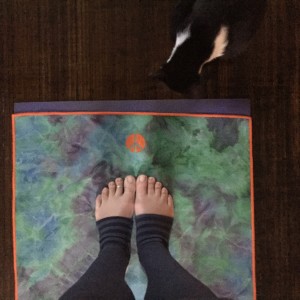
 It is recommended that women rest from their Ashtanga practice during the first trimester of pregnancy. This is a very delicate time in the gestational process and most women are guided to let their bodies lead the process without adding a strong practice to the mix. For me, this hiatus began with standard first trimester rest, and then some complications led me from voluntary rest to limited activity as ordered by my Doctor. We also had a few more bumps in the road which kept me away from my mat for another month.
It is recommended that women rest from their Ashtanga practice during the first trimester of pregnancy. This is a very delicate time in the gestational process and most women are guided to let their bodies lead the process without adding a strong practice to the mix. For me, this hiatus began with standard first trimester rest, and then some complications led me from voluntary rest to limited activity as ordered by my Doctor. We also had a few more bumps in the road which kept me away from my mat for another month. I know I will never ‘get back to where I was,’ because that moment has passed and this moment is an entirely new experience. And I also know I will once again find ease and grace on my mat, a brand new and also familiar experience in each fresh moment, and in each familiar pose. I will once again grab my heels in kapotasana, and find lightness as I drop back, it will come.
I know I will never ‘get back to where I was,’ because that moment has passed and this moment is an entirely new experience. And I also know I will once again find ease and grace on my mat, a brand new and also familiar experience in each fresh moment, and in each familiar pose. I will once again grab my heels in kapotasana, and find lightness as I drop back, it will come. 
